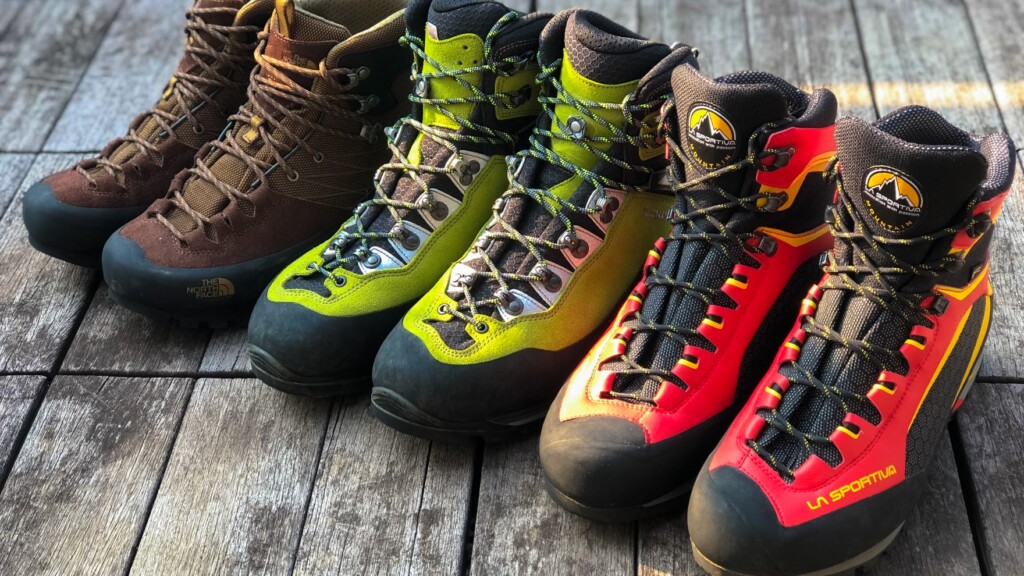
Comparative reviews: Summer, traverse, Alps. We compared light alpine boots that are strong against rocky areas 2018
On the previous page, we introduced a ranking of the models we compared, a list of ratings and specs, and recommendations based on them. From here, we will explain what criteria were used to evaluate the evaluation and why it was evaluated in that way.
table of contents
Detailed reviews of each item
Sole hardness and grip
The sole installed in the backpacking (light) Alpine model requires hardness to withstand heavy loads and hardness that is suitable for hard terrain. With the soft sole, every time you walk with the weight of your equipment or change in the terrain, the sole is put on the sole, causing a significant accumulation of fatigue. The grip of the sole is also important, allowing for a smooth series of actions from landing to kicking off.
First, the hardness of the sole is simply and simply determined by how hard the sole is bent when you put your weight on the mountaineering boots. The big difference between light alpine boots and trekking shoes is the difference in the shank (core material) found in the sole. Generally speaking, a hard or soft sole means whether it has a shank or not, or the material of the shank, and is not a superior or inferiority in the sole itself.
Of the three shoes I reviewed this time, the one that felt the softest sole was the TNF Ververalite Packer III, but it is not as soft as the other two, but rather it is quite hard, and it feels like it will start to bend when a certain amount of force is applied. It also seems that the upper material has a significant impact. The materials are different for the Verbera Light Packer III: ballistic mesh, the Chevedale Pro is suede leather, and the Trango Tower and honeycomb guard fabric, but in reality, the Chevedale Pro feels the softest upper, followed by the Verbera Light Packer III, and the Trango Tower feels the stiffest. From here on, it's just my own guess, but the Verbera Light Packer III has a soft shank or only a limited number of parts, and the cover is made of the hardness of the upper material. The Chevedare Pro has a hard shank or a wide area to cover the softness of the upper material. The Trango Tower has a hard shank or a wide area, and the hardness of the upper material makes it even stronger. At this point, I feel like I want to cut all three of my legs apart, but due to various circumstances, I will refrain from doing so (lol).
Next, about the grips. The three pairs we reviewed this time use a Vibram sole in common, but none of them have the same sole pattern, and each manufacturer has designed it in mind for weight, durability, and balance with the midsole.
 Although there is no significant difference in this case either, the "impact brake system" installed in the Trango Tower provides an outstanding sense of security, as it feels like the whole sole of the foot from the toe to the heel is stuck to a rocky area. The block pattern appears to be distorted at first glance, but at the same time you feel traction on the climb, and when you go down, the braking force that stops firmly at the point where you want to place your feet is impressive.
Although there is no significant difference in this case either, the "impact brake system" installed in the Trango Tower provides an outstanding sense of security, as it feels like the whole sole of the foot from the toe to the heel is stuck to a rocky area. The block pattern appears to be distorted at first glance, but at the same time you feel traction on the climb, and when you go down, the braking force that stops firmly at the point where you want to place your feet is impressive.
This is true for Chevedare Pros, as the toes can be moved freely, so the subtle amount of force can be transmitted to the soles of the feet, which seems to lead to a slight difference in grip. The Velvera Light Packer III has a deep toe spring (warping at the toe area), so the contact surface between the sole and the ground (terrain) is narrow, making it a little less gripping experience.
Stability (support)
Many mountaineering boots and trekking shoes are made to cover the top of the ankle and around the bottom of the shin. This is how it is made to improve waterproofness, durability, and avoid ankle injuries, but this can significantly impair the ease of walking (walking ability) of middle-cut and high-cut models. Backpacking boots and Light Alpine boots are characterized by being designed to protect your entire foot from external impacts and pressure in difficult areas rather than easy to walk in, and to provide firm support (holding) your ankles to stabilize the series of movements such as landing and kicking off. Recently, many models have been sold that have improved walking and comfort while maintaining support through the use of flexible uppers and tongues, and the manufacturer's unique ingenuity, and future innovations are becoming increasingly popular.

From left: North Face, Sportiva and Rover. Stability changes depending on the fit from the heel to the ankle and the holding force.
Now, let me start by saying that of the three pairs, the one with the weakest support (not that) was Verbera Light Packer III. As it is the only middle-cut model, it is only natural that there are differences in categories, the backpacking model and the Light Alpine model, and I think it was quite difficult to compare it with two high-cut models. So, when comparing two pairs, the Chevedare Pro and the Trango Tower, the strong support for the whole thing is the Trango Tower, which once you tighten your laces, it won't slip from the ankles to the soles of your feet to the toes, and it seems to be effective in situations where you are in difficult places such as rocks.
On the other hand, the Chevedale Pro's unique features such as X Racing, C4 Tang (Tang) and Flex Fit Synchro maximize the overall fit of the foot, providing a balanced balance of support and comfort, and even if you narrow the laces down tightly, you won't feel like your feet are too stiff.
Comfort
The comfort required of mountaineering shoes ranges from weight and ease of walking, as well as waterproofness, stuffiness inside the shoe, cushioning in the insoles, and fit through the upper and tongue. However, when it comes to light alpine and backpacking models, the assumption is that you will be walking along the rocky ridge and carrying heavy loads on your back is that they have a stiff sole, and the cut is also deeply designed to support the ankle area, so you may think that it is a little far from comfort at first glance. However, looking at recent mountaineering shoes, each manufacturer has adopted various ways to improve comfort, and a typical example is that by using flexible material for part of the upper, it also provides a function that increases freedom while holding the ankle while also holding the ankle. These include Chebedare Pro's "Flexfit Synchro" and Trango Tower's "3D Flex System." I got the impression that Trango Towers are a little less flexible (hard) but this is also a matter of personal preference.
Also, in terms of comfort, the "I-Lock" and "X-Racing" featured in the Chevedale Pro are also worth paying attention to. "I-Lock" prevents the shoelaces from loosening by locking the shoelaces, and "X-Racing" prevents the tongue from slipping from the center of the foot, which is naturally possible to prevent the shoelaces from loosening and maintain a fit, but it also frees you from the hassle of retightening the shoelaces in difficult places such as rocks.
The Verbera Light Packer III is by far the best in terms of weight and ease of walking. The weight is as shown by the numbers, but I felt that the toe springs are the deepest of the three pairs, making it easier to walk in, and the midsole has a high cushioning effect.
Durability
Here we would like to verify the rigidity and robustness, but as the test period is not long, we decided to make a decision based on the materials and construction. First of all, the upper material is made up of different materials: suede leather, leather + strong abrasion resistant fabric, ballistic nylon + suede leather. At first glance, leather (including suede) may seem stronger, but ballistic nylon (Dupont: five times stronger than nylon) is a very strong fabric developed for military use, with excellent waterproof, wear resistance, and heat resistance, and is also used in bulletproof vests. Also, although the honeycomb structure with a wear-resistant strong fabric used in trango towers is nylon, it is changed from the Cordura nylon of Trango S Evo (Invista: 7 times stronger than nylon), it can be seen that it is a material with even greater strength. The fabric is so sturdy that it may be more durable than leather, but it takes a long time to verify it, so I will not leave this review for this review. Looking at the construction, all three pairs are covered in land rubber, so there doesn't seem to be much difference, but it is a concern that the Velvera Light Packer III is covered in rubber only on the front part from the arch to the toes, and plastic material is used around the heel. As mentioned in the evaluation results, the Trango Tower is covered with double rubber on the toe, which seems to contribute to improving the durability of the toe part that is most likely to hit.
Compatibility with Eisen
Finally, we will examine how it matches with the empress. Even in summer, snowy fields may still remain on high mountains in the flatlands at the foot of the mountains, so crampons are essential to wear them to proceed safely. By the way, the eminence I own is a Gribel Airtech Omatic SP model that is compatible with mountaineering boots with edges on the toes and heels, but in the summer, I use it as a semi-one-touch design by replacing the bail (hard fittings on the toes). All three of the shoes we will be reviewing this time have edges on the heels and are said to be models that are compatible with semi-one-touch crampons, so it is possible to wear them, but the problem is compatibility. The shape of the sole and crampons fit without any gaps, and it is important to ensure that the toes and heels are fit in particular. Just to be sure, in this verification, we have actually put our boots on and put our weight on, and tightened the band as tightly as possible. Also, it goes well with the crampons I currently own, and is rated between the three pairs I have reviewed, so I would like to inform you that it is not a judgement of whether the boots themselves are good or bad.
Well, all three pairs of heel fit were fine, but there was a slight difference in the toe fit. If we list the results in order of small differences, we get the results: Trango Tower <Cevedale Pro <Ververalite Packer III. As mentioned in the evaluation results for Velvera Light Packer III, the toe springs are deep, so no matter how you try, there will be gaps. It is secured with a band so it won't come off easily, but it still leaves me with concern.
The Trango Tower has a small gap and is the best match for the arch, and the gap in the arch of the arch is small, making it the perfect boot for the crampons I own. In any case, it is not absolute, but it is best to have fewer doubts and anxiety about the tools that entrust your life to you.
summary
Of the items I reviewed this time, I found the most balanced one to be Sportiva's Trango Tower. He scored high scores in four categories: stiffness and grip of the sole, ankle support, durability, and compatibility with crampons. The only thing I got was that the score was low, but I only judged that even though there was only three pairs, and I think that if someone else wears it, the way they feel differently. The stability on rocky areas is incredible, and is recommended for those considering climbing the Hodaka mountain range or Mt. Tsurumi this summer. I think Chevedare Pro was the one who felt the most all-rounder. I got the impression that the stiffness and softness are combined at a high standard, and that they do not matter what mountain you climb. Although the category was slightly different, Verbera Light Packer III received high praise for its weight and walking ability. Each shoe we review has its own characteristics and characteristics that stand out from others, and the way you choose one will probably change depending on what you are looking for in the shoe.
Saito Hiroaki
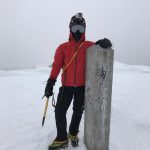 Lives in Saitama Prefecture. Fascinated by the Shimono Corridor of Kurobe Gorge, he has been obsessed with mountain climbing since he turned 30 and is still in the process of developing the area. I use my natural curiosity and exploration as a front, and I try to enter the mountains if I have time to cover my lack of experience points. He has a strong desire for material things and is always happy and sad when he makes impulse purchases that he doesn't think about the future. We will share the charm of the gear with such trials and errors.
Lives in Saitama Prefecture. Fascinated by the Shimono Corridor of Kurobe Gorge, he has been obsessed with mountain climbing since he turned 30 and is still in the process of developing the area. I use my natural curiosity and exploration as a front, and I try to enter the mountains if I have time to cover my lack of experience points. He has a strong desire for material things and is always happy and sad when he makes impulse purchases that he doesn't think about the future. We will share the charm of the gear with such trials and errors.
Looking for reviewers
Outdoor Gearzine is always looking for members who love the outdoors and would like to write reviews about outdoor equipment. For more information, please this REVIEWERS page !


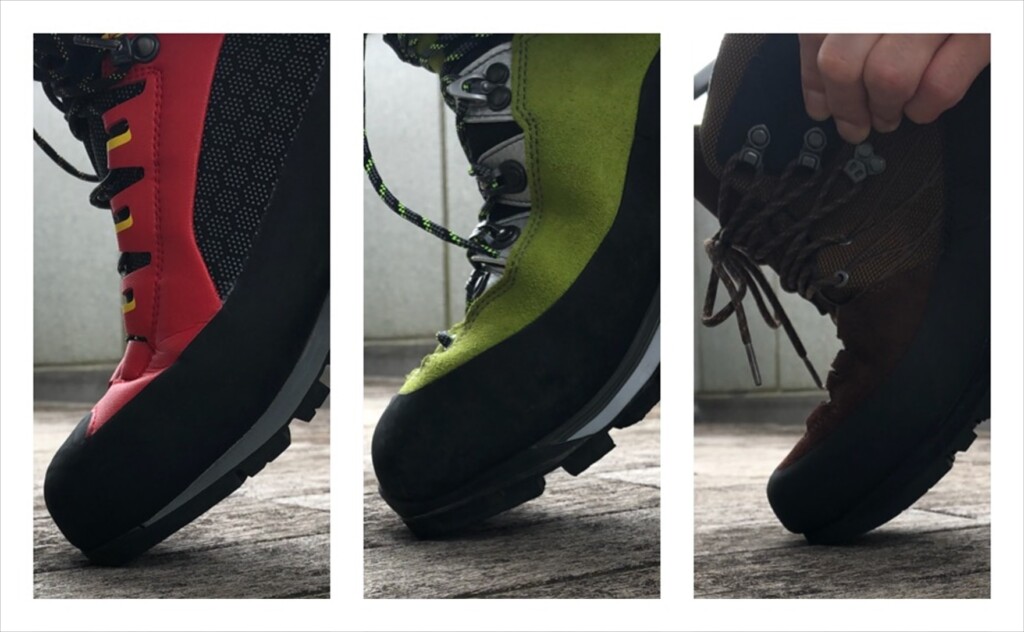
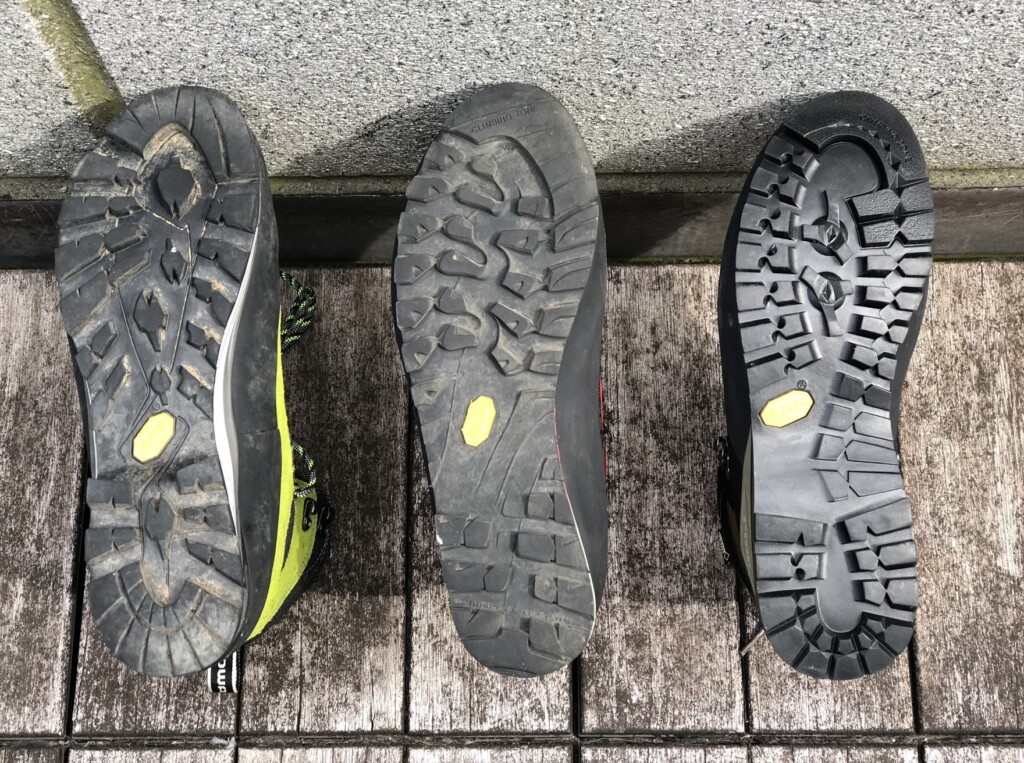



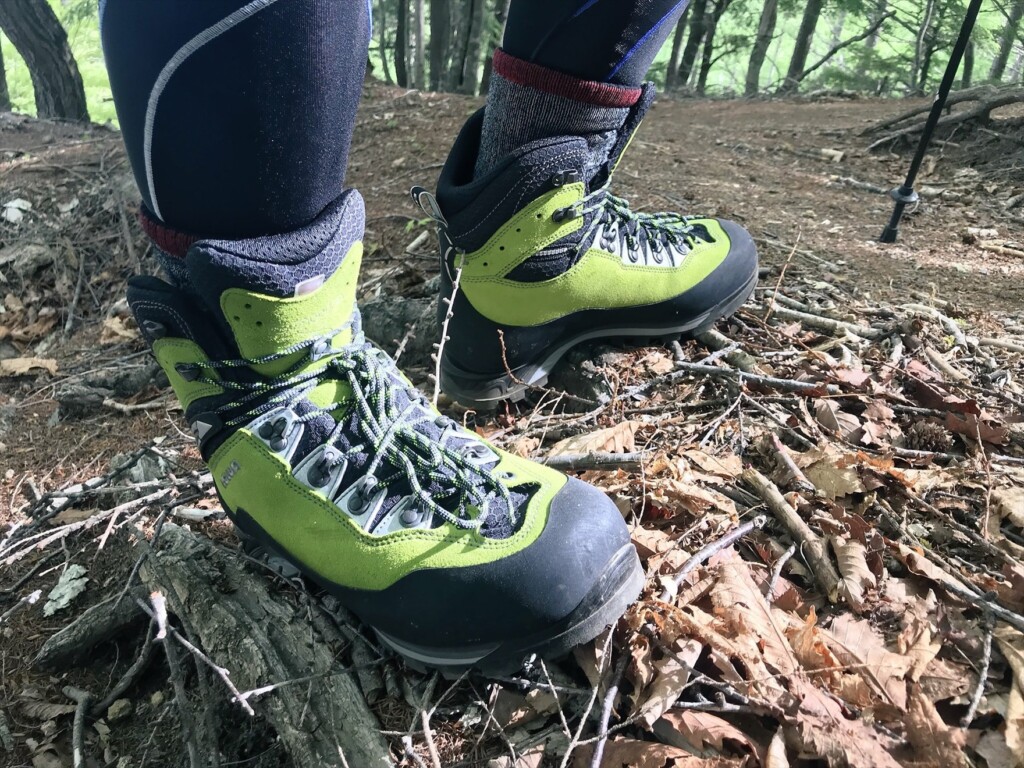
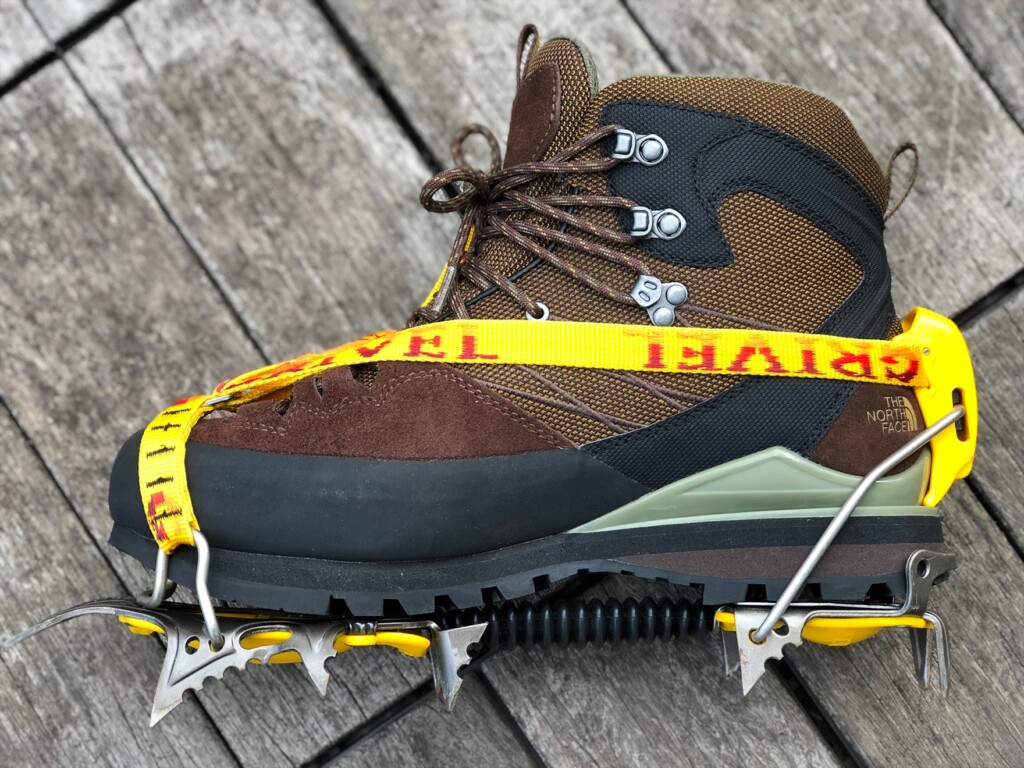

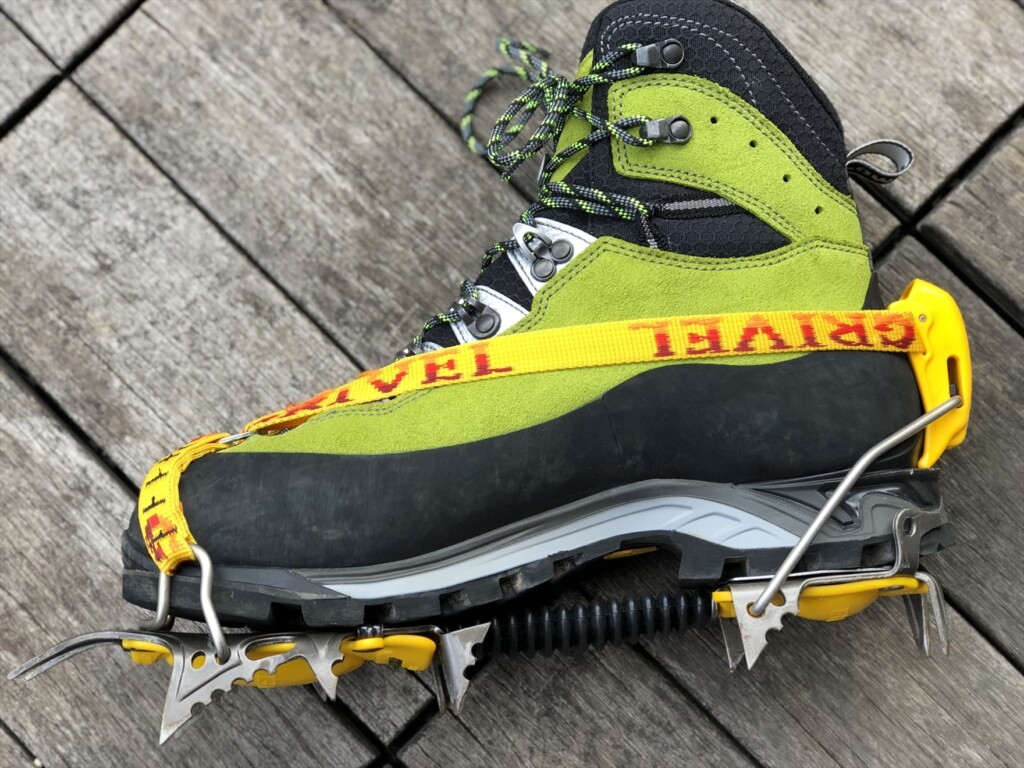
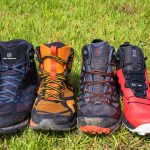 Comparison review: We compared the lightweight hiking boots that are popular with weekend hikers 2018
Comparison review: We compared the lightweight hiking boots that are popular with weekend hikers 2018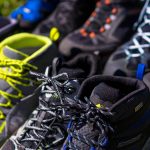 Comparison review: Comparing lightweight hiking boots perfect for day trips and fast packing
Comparison review: Comparing lightweight hiking boots perfect for day trips and fast packing Comparative review: Training shoes that allow beginners and veterans to run in the summer mountains [Short (20-50km)]
Comparative review: Training shoes that allow beginners and veterans to run in the summer mountains [Short (20-50km)]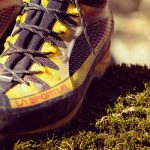 Review: Reinventing the La Sportiva Trango Cube GTX trekking boots
Review: Reinventing the La Sportiva Trango Cube GTX trekking boots